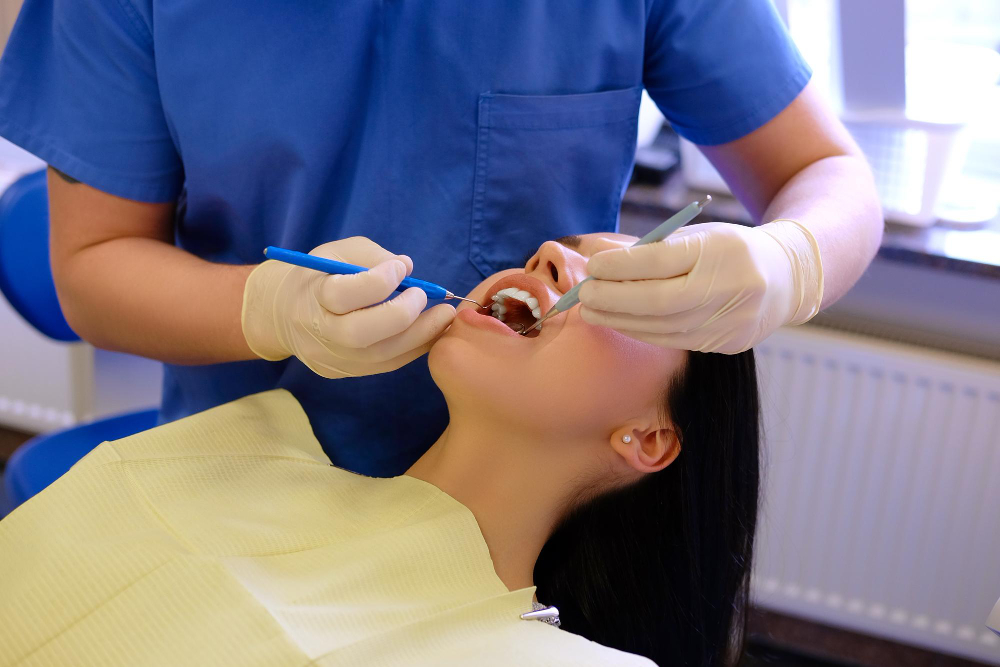Solid outcomes start long before the scalpel touches tissue. The surgeon needs to map the battlefield with precision, factoring in the impaction angle, the density of surrounding bone, and the patient’s tolerance for sedation or general anesthesia. High-resolution CBCT imaging isn’t just a nicety, it’s the blueprint for avoiding nerve entanglement and excessive bone sacrifice. Your medical history matters, especially prior clotting issues or inflammatory conditions that could derail healing. This isn’t about cookie-cutter surgery. It’s about creating a strategy where every move is calculated for your anatomy and risk profile. A tailored plan isn’t a luxury—it’s the difference between a quick, clean recovery and weeks of dealing with setbacks.
Diverse Surgical Methods for Third Molar Removal
One mouth, many approaches. Designing the right intraoral flap can expose the tooth cleanly or create unnecessary trauma if done poorly. Ostectomy may be minimal for a simple extraction or more aggressive in dense bone cases requiring precise sectioning. Sedation offers comfort without the potential hangover of full general anesthesia, but complex cases might justify the deeper sleep. Simple extractions suit erupted molars with little resistance. Surgical removal, with bone reshaping or dividing the tooth into fragments, is for the deeply embedded and uncooperative. The choice pivots on understanding the anatomic quirks in play and matching them to the patient’s pain threshold and surgical tolerance.
Managing Common Extraction Challenges
Complications have no patience for sloppy technique. Dry socket looms when the clot dislodges prematurely, leaving exposed bone to scream with pain. The inferior alveolar nerve enjoys lurking perilously close to roots, making every millimeter of drilling risky. Local infection can add days of swelling and misery. Intra-operatively, surgeons avoid crushing forceps, preferring controlled leverage to coax the tooth out. Irrigating the socket thoroughly removes debris and bacterial footholds before closure. Minimal trauma equals faster healing, and faster healing keeps patients grateful.
Effective Strategies to Reduce Pain and Swelling
Pain control is not guesswork. NSAIDs at the right intervals cut inflammation at its source, while acetaminophen layers on central pain relief without gut irritation. Ice packs have a clear purpose: 20-minute applications in the first 24 hours constrict vessels, limit swelling and dull sensation. Elevating the head while resting keeps fluid from pooling in surgical sites. Forget chewy steak dinners for a couple of days—smooth soups, mashed vegetables, and soft proteins reduce strain on the jaw. Always stick to the pain regimen laid down by your surgeon, adjusting only under their advice. Precision, not improvisation, keeps recovery on track.
Supporting Healing with Non-Surgical Aids
Smart adjuncts earn their place in the toolkit. Chlorhexidine rinses hold bacteria at bay, especially when brushing is limited in fresh incisions. Antimicrobial gels can target a high-risk zone without flooding the mouth. Collagen dressings promote clot stability and faster tissue fill, acting as a biological scaffold. Even certain vetted herbal rinses can soothe without adding risk. Timing is key—most are best introduced 24 hours post-op once the clot is secure. Coordinate every add-on with your surgeon’s protocol to avoid contradictory effects.
Monitoring Your Recovery Timeline
Day one centers on bleeding control and learning the rhythm of your ice applications. Expect swelling to peak between day two and day three. By day three, soft foods become your ally and sutures demand inspection for loosening or irritation. Follow-up appointments are not optional check-ins—they mark important healing checkpoints. Normal includes mild stiffness, gradual reduction in swelling, and light bruising. Red flags tilt toward increased pain, foul odors, or enlarging swelling after day three. Stay alert, measure your progress, and never assume “it’s fine” without verifying.
Identifying Warning Signs That Need Attention
Certain symptoms are stop signs. Severe throbbing past 72 hours signals possible dry socket. Persistent numbness suggests nerve trauma that warrants immediate review. Fever beyond 101°F or thick, foul discharge points to infection advancing beyond early stages. Ignoring these invites chronic issues or surgical revision. Early intervention can rescue outcomes, stop pain escalation, and preserve nerve function. If any of these appear, schedule a follow-up without hesitation.
Securing Trusted Professional Care
For those seeking expert support, consider wisdom teeth removal Las Vegas NV to ensure a smooth, complication-free experience. Choosing experienced hands in a modern facility is the most controllable variable you have.
Empowering Your Post-Extraction Journey
Recovery is no mystery when you manage it with foresight. Proper planning, smart pain control, and diligent monitoring stack the odds in your favor. Armed with the right knowledge and backed by a proven surgical team, you can step into the process knowing you’ll get through it efficiently and without drama.










